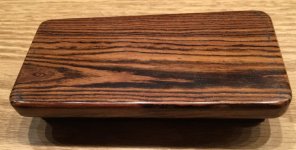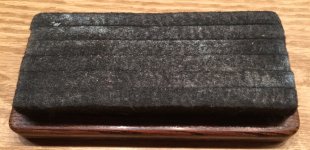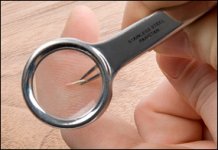ear3
Member
Trying to put together a last minute Xmas gift, which is a small piece of furniture, and I think I'm going to use wenge for it.
I've never worked with it before, but I've heard that it can be difficult to finish. I'm wondering what people have done to get the most out of the natural look of the wood. The piece does not have to be sanded to that high of a grit (220 at most), and I plan on just doing an oil finish -- maybe Osmo? I'm also wondering if I should apply a sanding sealer first, given how porous the wood is.
I've never worked with it before, but I've heard that it can be difficult to finish. I'm wondering what people have done to get the most out of the natural look of the wood. The piece does not have to be sanded to that high of a grit (220 at most), and I plan on just doing an oil finish -- maybe Osmo? I'm also wondering if I should apply a sanding sealer first, given how porous the wood is.



